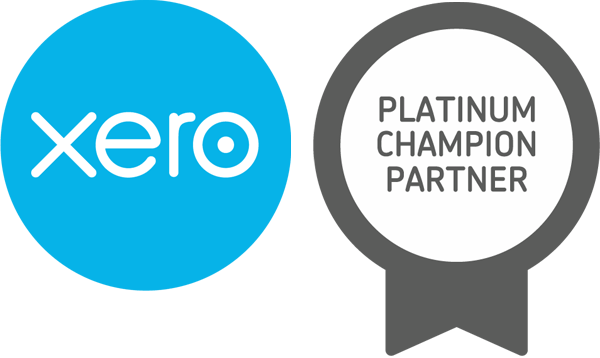Joint Tenants and Tenants in Common
When buying a property with another person, you are given the option of how to be registered on the title of the property with them: joint tenants vs tenants in common. But what is the difference between the two, and is one better than the other? In this article, we explain everything you need to know.
What are Joint Tenants?
Joint tenants (also known as joint proprietors) means you own 100% of the property jointly with the people registered as joint tenants with you.
Practically this means:
- When joint tenants die, the surviving owner or owners automatically become entitled to be registered as the sole owner or owners of the whole of the interest in the property. This means that any property owned in joint tenancy do not form part of a deceased’s estate, rather their interest automatically goes to the surviving owner or owners. This is called “the right of survivorship”.
- You split the property’s profits, losses, and risks evenly.
- You cannot have an uneven share of the property. All joint tenants own the property 100% jointly. For tax purposes, the shares are even.
What are Tenants in Common?
Tenants in common means you have a defined ownership share of a property title. This can be 50-50, 60-40, 99-1 or any other combination.
Practically this means:
- On the death of either of the owners, the deceased’s interest in the property passes to his or her beneficiary (not necessarily the surviving owner on the title). The beneficiary is dictated by the deceased’s Will or if they do not have a Will by State law.
- The defined ownership share splits the property’s profits, losses, and risks.
Can you do both Tenants in Common and Joint Tenants at the Same Time?
Yes, you can if you have three or more owners on the title. For example, persons A and B hold a 50% share of the property as tenants in common jointly, while person C holds their 50% share as a tenant in common individually.
Practically this means:
- On the death of either person A or B, who holds their 50% share jointly, the survivor of A or B will get the full interest of the deceased share. Person C will not have any claim to this share as they did not hold that 50% share jointly.
- If Person C passes away, Persons A and B will have no automatic interest in Person C’s share of the property. Rather, person C’s share in the property will go to their beneficiary in accordance with their Will or State law if no Will exists.
Touch base with us if you would like more advice about the ownership structure you should adopt when acquiring property.









